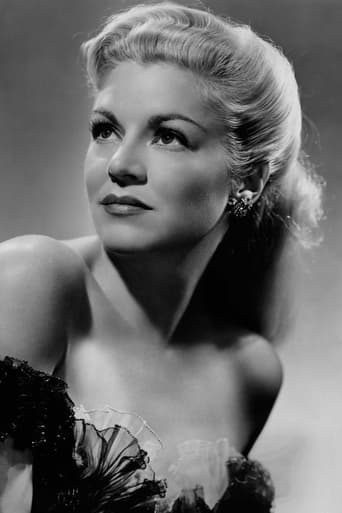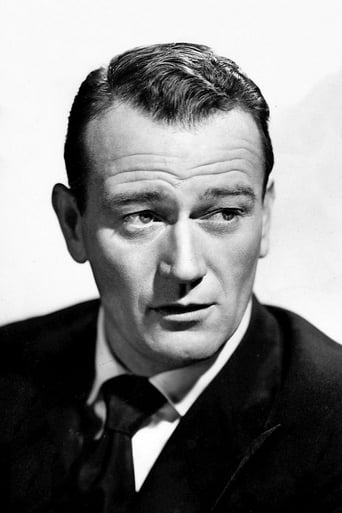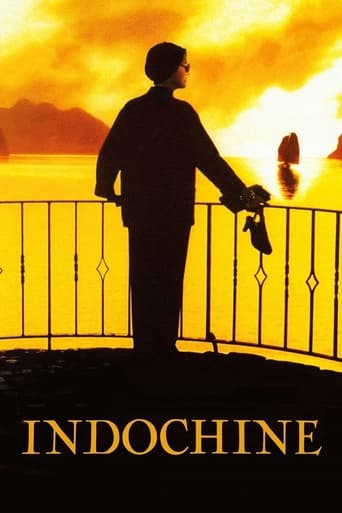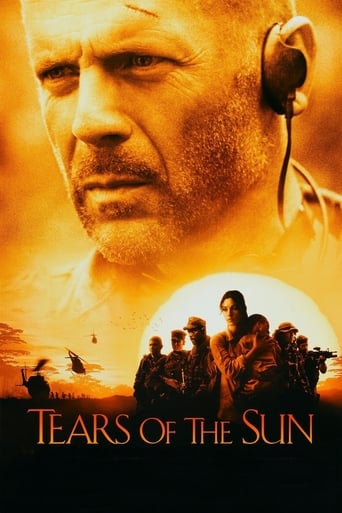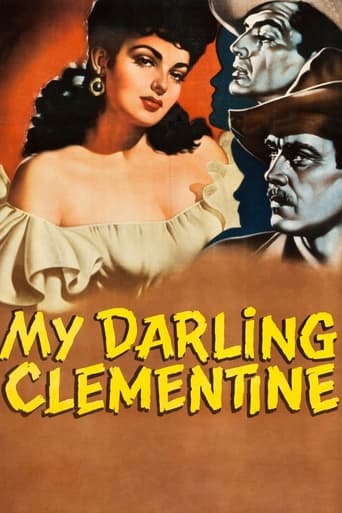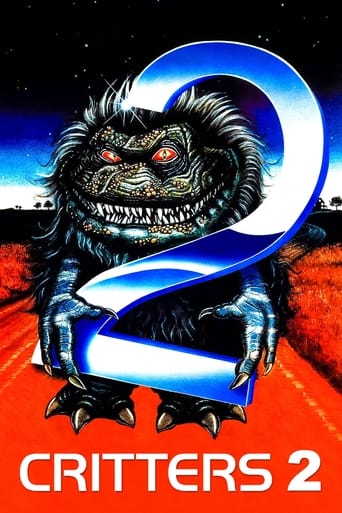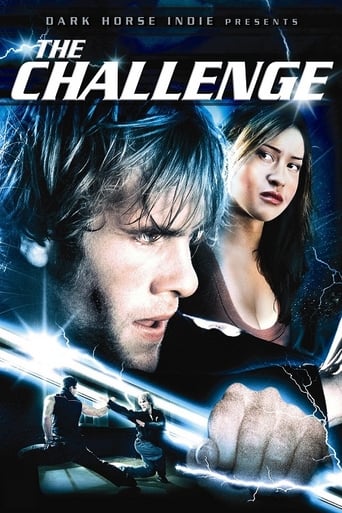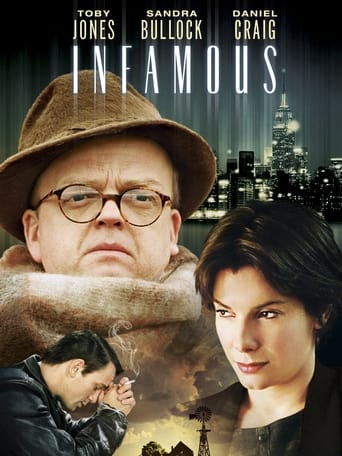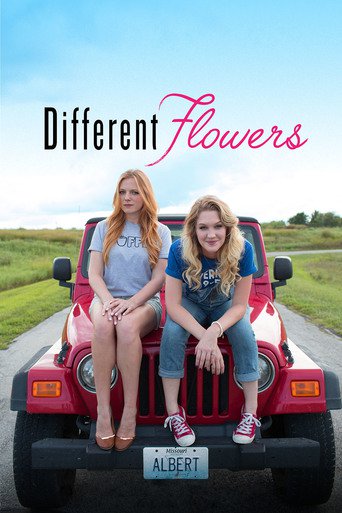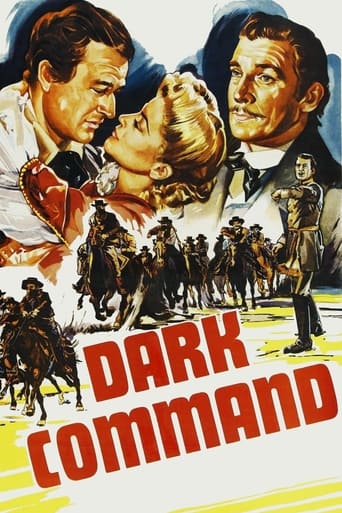
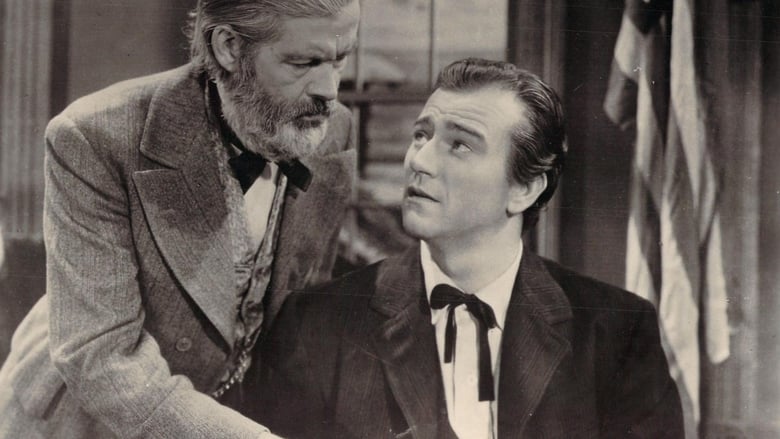
Dark Command (1940)
When transplanted Texan Bob Seton arrives in Lawrence, Kansas he finds much to like about the place, especially Mary McCloud, daughter of the local banker. Politics is in the air however. It's just prior to the civil war and there is already a sharp division in the Territory as to whether it will remain slave-free. When he gets the opportunity to run for marshal, Seton finds himself running against the respected local schoolteacher, William Cantrell. Not is what it seems however. While acting as the upstanding citizen in public, Cantrell is dangerously ambitious and is prepared to do anything to make his mark, and his fortune, on the Territory. When he loses the race for marshal, he forms a group of raiders who run guns into the territory and rob and terrorize settlers throughout the territory. Eventually donning Confederate uniforms, it is left to Seton and the good citizens of Lawrence to face Cantrell and his raiders in one final clash.
Watch Trailer
Cast
Similar titles
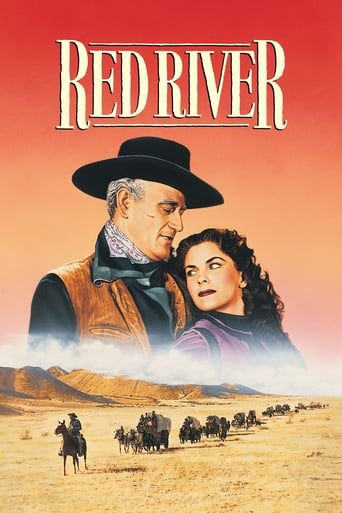
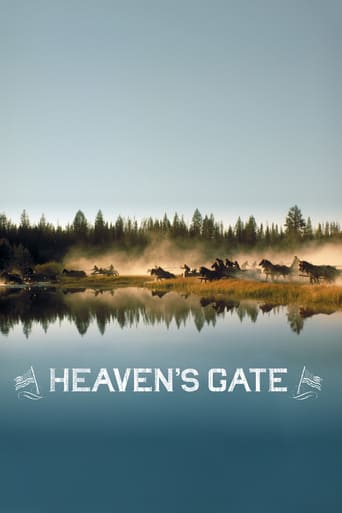
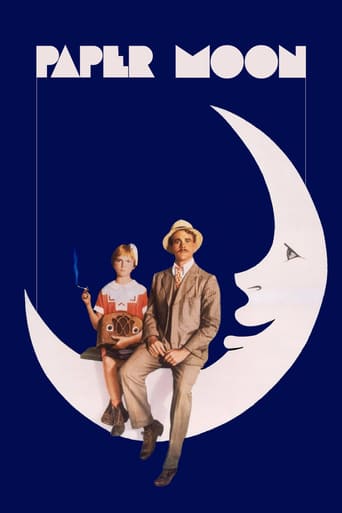
Reviews
Best movie of this year hands down!
the audience applauded
Crappy film
It's the kind of movie you'll want to see a second time with someone who hasn't seen it yet, to remember what it was like to watch it for the first time.
This old B/W Republic movie gives us a great cast, in some unusual roles. A young John Wayne is working his way West with his sidekick, "Gabby" Hayes, with Wayne getting into fights so that Gaby, acting as a western dentist, can pull people's teeth, at 2 bits a tooth, after Wayne knocks them loose.As Bob Seton (John Wayne) and his sidekick Doc Grunch (George "Gabby" Hayes) arrive in Lawrence, Kansas in 1859, we begin a movie about "Bleeding Kansas" when both Northerners and Southerners are moving in to help claim this territory—soon to be a state (1861)—as either a future "Slave State" or a "Free State" in keeping with the poorly conceived Kansas-Nebraska Act of 1854.Once in Lawrence, the patriotic Texan, Bob Seton, stops to listen to the school children from Will Cantrell's (Walter Pidgeon) class singing "America." When Mary McCloud (Claire Trevor) wants to pass by Cantrell's wagon, Cantrell "takes a liking" to her not realizing that she is the sister of Fletch McCloud (Roy Rogers). Fletch and Will become friends. Mary and Fletch's father is the town's banker and informal leading citizen, Angus McCloud (Porter Hall).Fletch wants to become a cowboy—remember that Roy Rodgers was later known as "The King of the Cowboys"--like Will and starts to emulate him. Will Cantrell wants to marry Mary, but she rebuffs hid advances.As the town grows bigger and more lawless, Angus McCloud decides the town needs a full-time marshal and approaches the local judge, Judge Buckner (Raymond Walburn) with the idea of hiring one. The need for the town of Lawrence to have a full-time marshal leads Bob Seton and Will Cantrell to run against each other for the office. (Though not generally know, Seton is illiterate and had previously sought out Cantrell to teach him to read and write, which had set up the two as friends before the election). But, the competition for town marshal puts a strain in their friendly relationship. When Seton wins the election, Cantrell decides to "follow a different path" than teaching, by making money as quickly as possible. Cantrell joins an illegal run-running guerrilla army and becomes its commander. Without knowing about Cantrell's moving to "the dark side," Mary marries Cantrell's as his mother (Marjorie Main) looks on, knowing that her last son has turned bad just like his brothers before him did. Raymond Walburn, as the town's judge, supplies comic relief to the movie with his confusing and impulsive excitement and bumbling speech. The open screen of this movie tells us that "Some portions of the photoplay are based upon actual incidences in the lives of its principal characters. All other event and characters are fictitious,and any similarity to actual events or person is coincidental." Yet, the true characters portrayed have different names in the movie and, as the IMDb tells us, there were some story changes:"The character of Will Cantrell is loosely based on the real life Confederate guerrilla leader William Quantrill. Like Cantrell, Quantrill was born in Ohio, taught school in Lawrence, Kansas, became a guerrilla fighter on the Confederate side and burned Lawrence to the ground. However, the Confederacy eventually distanced itself from him and later revoked his commission and disowned him, because of his band's propensity for executing prisoners, massacring civilians, looting and raping. The real Quantrill died not at the hands of "Bob Seton" but during an ambush by a Union cavalry unit, Unable to escape on account of a skittish horse, he was shot in the back and paralyzed from the chest down. He was brought by wagon to Louisville, Kentucky and taken to the military prison hospital, located on the north side of Broadway at 10th Street. He died from his wounds on June 6, 1865, at the age of 27."
It still amazes me how many movies they made back then, and how busy a popular actor like John Wayne was. Even though this is a 1940 release, when Wayne was just 33, he already had roles, some uncredited, in upwards of 90 movies.This one is set in Lawrence, Kansas, somewhere in the early 1860s. Abe Lincoln was president but the Civil War had not been fought yet. John Wayne is Texan Bob Seton, not very well educated, but he "can smell out a crook". He gets elected sheriff, beating out the early favorite Walter Pidgeon as Cantrell, very loosely based on a real outlaw. Cantrell was a teacher and mostly a good guy, but when he was defeated he decided he would not be a poor teacher any more and became an outlaw.Much of the movie is about Seaton convincing the people of Lawrence that Cantrell really was the outlaw leader of the rogue band dresses as Southern soldiers, and then the eventual confrontation. Of course the good guys prevail. Claire Trevor is Mary McCloud, the love interest of both men. She actually marries Cantrell but when she fully realizes what a crook he is she agrees to run in Seton's direction. Roy Rogers is her brother Fletch McCloud who gets mixed up with the crooks but he eventually turns on Cantrell and does what is right. It was also fun seeing Gabby' Hayes as Doc Grunch. I remember him well from all the western movies I saw growing up in the 1950s and 1960s. For such an old movie it has held up well, and it was great seeing young Wayne and Rogers in action. I saw this on the "Movies!" channel.
With a budget of seven hundred thousand dollars, "Dark Command" was Republic's costliest film, and it wound up being their biggest box office hit. It shows too, the production values are quite good and the entire film is crisp and clean. I've been waiting quite a while to catch this movie on one of the cable channels, so it was easily worth getting up early for a four thirty showing this morning on AMC. The intrigue for me was in the casting of John Wayne and Roy Rogers in their only team up together, and I was actually quite surprised to see how much screen time Rogers had with the bigger box office name at the time. Rogers' character is Fletch McCloud, brother to the story's romantic interest (Claire Trevor) for both Bob Seton (Wayne) and school teacher turned border raider William Cantrell (Walter Pidgeon). Pidgeon's character is nominally based on William Clarke Quantrill, a Confederate sympathizer who led raids on local farms and Union detachments during the days of the Civil War in Kansas. Though not historically accurate in most respects, the picture does hold one's interest, both for it's historical leanings and certainly for it's well staged action scenes.One of those action scenes is a definite sit up and take notice event. While attempting to escape a Cantrell posse, Seton and Doc Grunch (Gabby Hayes) are faced with nowhere to go at the edge of a cliff facing a river. I'm thinking to myself 'no way', but sure enough, the pair of horses, buckboard, and the daring duo make their way end over tin-cups into the water in a remarkable display. Now it's not unusual to see similar gimmicks in other 'B' Westerns, including some of Wayne's earlier flicks for Lone Star Productions, but this has got to be one of Yakima Canutt's finest efforts. I really can't imagine how they got the horses to do that, unless they were blindfolded. Canutt's handiwork is also evident in one of his signature moves later in the picture, straddling the middle ground underneath another wagon as it careens along.Because of the nature of the story and Roy Rogers' secondary billing, there aren't any songs here, but that doesn't prevent Roy's frequent screen partner Gabby Hayes from getting into the act. Gabby's sort of a jack of all trades when it comes to the healing arts, and he's got a unique philosophy on the practice of dentistry - Wayne can loosen a tooth with a sock to the jaw while Gabby can finish the job by pulling it out. Hayes teamed with both cowboy stars in his career, so it's not unusual to see him here as Wayne's mentor and partner in the opening scenes.Mustn't forget Claire Trevor, who's actually top billed over Wayne. This was their second screen pairing following the previous year's "Stagecoach" which turned out to be Wayne's 'overnight' success film after appearing in over fifty prior movies, mostly Westerns. Mary McCloud's (Trevor) allegiance swings between villain Cantrell and sheriff Seton over the course of the story. I was actually a little surprised that Wayne's character propositioned Mary to run off with him while still married to Cantrell, taking some of the bloom off the hero persona he otherwise conveyed. Not a big thing, but something to think about. Something else I thought about after hearing some of John Wayne's dialog was how patriotic his character was. During an early scuffle between pro and anti-slave factions in Lawrence, Wayne intervenes remarking - "A man born in this country is an American". That might be the first instance in one of his pictures where he champions America, along with individual freedom and liberty. If you enjoyed "Dark Command", you might want to try a couple more films with a similar setting and theme. 1940's "Santa Fe Trail" is a take on John Brown's abolitionist movement and it's parallel dissolve into lawlessness, also set in pre-War Kansas. 1950's "Kansas Raiders" deals with Quantrill and his band, and stars Audie Murphy in a somewhat dubious role as Jesse James riding with Quantrill. That story has an interesting cast, but the story itself is a bit of a mess, so if faced with a choice, stick with Wayne and Rogers.
This is director Raoul Walsh's second film with Wayne the male lead. The first, "The Big Trail", was Wayne's first film as a major player, having just acquired a new stage name. Hugely expensive and one of the first talkie westerns, unfortunately, it was a box office bomb, with Wayne unfairly shouldering most of the blame. The present film is a mixed western-Civil War drama/comedy, set in bleeding Kansas. Wayne has plenty of support from a cast of well known actors in this well-paced film. Claire Trevor is actually given top billing, as the belle around which Wayne, Walter Pigeon and a young Roy Rogers revolve. It seems highly implausible that Wayne, as illiterate drifter Bob Seton, should become infatuated with prim snobbish Claire, nor that she could ever consider him husband material. Wayne's persistence in promoting this unlikely union, even after her marriage, is a recurring source of comedy and drama. Initially, another source of comedy is the recently established working partnership between Wayne and Gabby Hayes, a former doctor, reformulated as a traveling dentist, barber and whatever else he can fix for you. Character actor Raymond Walburn also provides a comedic touch as a bug-eyed stammering stuffed-shirt of a judge and apparent mayor of Lawrence, Kansas. Roy Rogers looks rather incongruous as the frustrated brother of Claire, under his father's overbearing thumb, who yearns to be a cowboy or soldier. His hot head gets him into big trouble several times during the film. Wayne, on the other hand, with the backing of Hayes, changes from an apparent hot-head to an honest coolheaded sheriff, despite his illiteracy. Walter Pigeon is the eloquent-speaking legally literate but financially struggling rival of Wayne for the affections of Claire and for the office of sheriff. The striking contrast in personalities and skills of Wayne and Pigeon in their various competitions is another recurring source of comedy and drama. We wonder why Pigeon, with his obvious talent for oratory and knowledge of law, isn't a lawyer rather than a poorly paid schoolteacher? We suspect that he has been a lawyer, but was forced to resign for some transgressions. In engineering Roger's defense in his murder trial, we see the snake that he is behind all that eloquence.Things get a lot more serious and complicated as the story progresses. Pigeon, as William Cantrell, knows he is a natural leader of men. Frustrated in obtaining a prominent position in the political establishment of Lawrence, he organizes a large band of outlaws posing as Confederate soldiers, as did his historical counterpart, William Quantrell. The film title may suggest this evil gang of thieves and murders, or it may equally suggest the fact that most of the violent and smuggling encounters take place at night. Pigeon faces the difficult task of trying to justify or hide from his new wife his ongoing rapacious activities. The continuing back and forth relationships between Wayne, Rogers, Pigeon and Claire provide much of the drama in the later part of the film. In fact, their tangled relationships remind me very much of those in another western released just the year before: "Union Pacific", another of my favorite westerns.
